These are my favourite photographs right now:
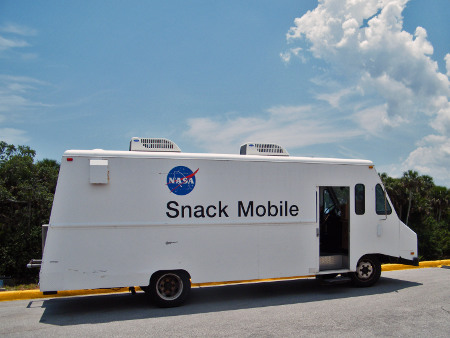
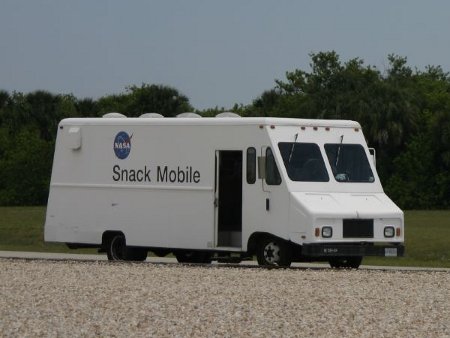
I love that NASA has its own snack mobile. I like to imagine that it sells magical space food, but apparently it’s just normal snacks.
These are my favourite photographs right now:


I love that NASA has its own snack mobile. I like to imagine that it sells magical space food, but apparently it’s just normal snacks.
Where X equals…
Icebreaker
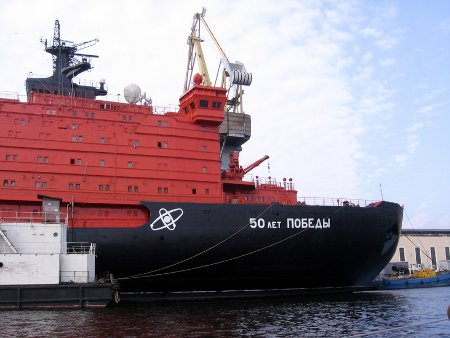
The 50 Years Anniversary of Victory is a Russian nuclear powered icebreaking ship, the largest icebreaker in the world.
Lighthouse

In the Arctic Ocean and along the remote Kola Peninsula there are at least 130 Russian lighthouses powered by radioisotope thermoelectric generators, fueled by radioactive strontium-90.
Aeroplane
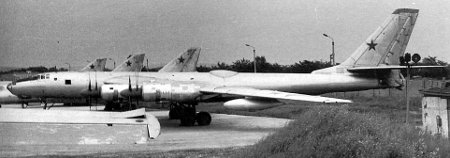
The Tupolev-119 was a modified Tupolev-95 bomber with two regular engines and two experimental engines powered by a nuclear reactor in the bomb bay. The bulge created by the enlarged fuselage is clearly visible in the photograph above.
Pacemaker
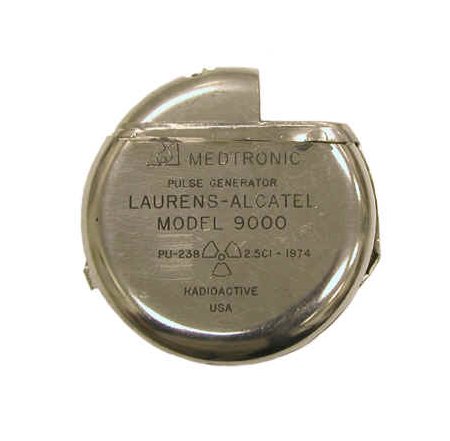
Because pacemakers require surgery to implant it’s a good idea to make the batteries last a long time. The Medtronic 9000 was powered by a radioisotope thermoelectric generator that used a tiny plutonium-238 source and at least one nuclear powered pacemaker is still running 34 years later.
One of the symptoms of Influenza A H1N1, also known (incorrectly) as “swine flu” is a fever – increased body temperature. It’s difficult and very time consuming to measure the temperature of every passenger arriving at an airport using conventional mercury-in-glass (or alcohol-in-glass) thermometers but luckily physics has a solution.
Every object with a temperature above absolute zero emits electromagnetic radiation. At around body temperatures this radiation is mainly in the infrared part of the spectrum. By measuring the infrared radiation that a person emits it’s possible to tell how hot that person is.
The Boston Globe’s Big Picture has a series of photographs from the H1N1 outbreak, including two photographs of infrared temperature monitoring in use. In the first photograph you can see technicians in protective suits carrying infrared thermometers; the four dots seen on the patient’s head are used to indicate the area being sampled.
In this second photograph you can see an infrared thermogram in the background whilst a patient’s mouth is examined.
Venetia Phair, the girl who came up with the name Pluto for the newly-discovered planet, has died.
If you’ve ever been involved with weather monitoring you’ll know that a spherical lens can focus sunlight to a point. The Campbell-Stokes sunlight recorder counts the hours of sunlight per day by burning a trail across a calibrated sheet of paper.
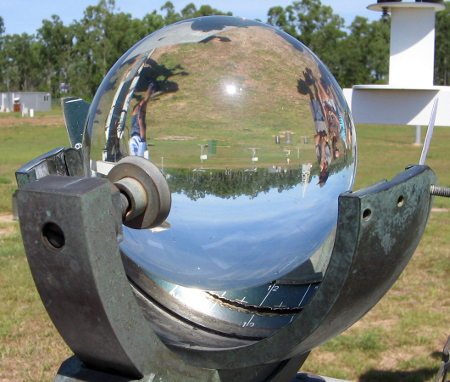
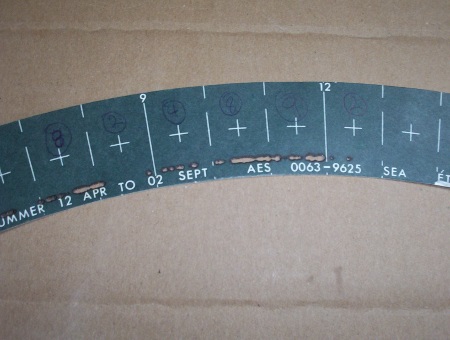
When teaching vision I use a large spherical flask full of dyed water and a number of different lenses to simulate the eye, including short- and long-sightedness.
Until very recently this flask was stored on a windowsill in direct sunlight. Can you guess why we moved it?